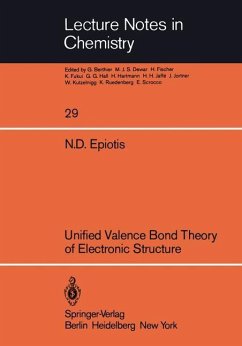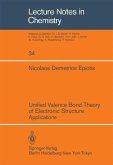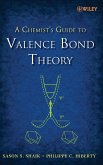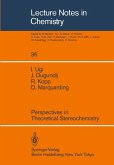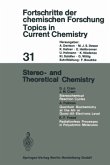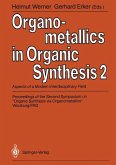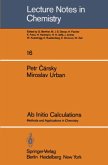In the last fifty years. computational chemistry has made impressive strides. Huckel NO computations were rapidly succeeded by semiempirical monodeterminantal Self Consistent Field (SCF) MO calculations which now give way to high quality ab initio calculations of the poly-determinantal SCF-MO and Generalized VB variety. By contrast. no analogous progress has been made in the area of the qualitative theo~ of chemical bonding. In fact. more than a half-centu~ after the exposition of HUckel MO theory the conceptual superstructure of chemist~ is still founded on it. This is made glaringly evident by the fact that highly sophisticated computations are still interpreted with primitive HUckel MO theory. despite the fact that most chemists are well aware of its formal deficiencies. The current popularity Qf qual1tati. ve MO theory among experimental i sts is not the resul t ~f fonnai -advances ~Wt, rather the consequence of stimulating application of old MO theoreti~a. 1 ~oncepts. : . . "" This work attemps to improve this situation by outlining a~t. iJlitative theory of chemical bonding which operates at a high level of theoretical sophistication. It was first presented at the NATO Advanced Study Institute on "Topics in Theoretical Organic Chemistry" in Gargnano. Italy. in June 1979. and in other international meetings and conferences. colloquia. and informal gatherings in the period of time follOWing the Gargnano meeting. It was also presented in a seminar given at the University of Washington in October 1980.
Hinweis: Dieser Artikel kann nur an eine deutsche Lieferadresse ausgeliefert werden.
Hinweis: Dieser Artikel kann nur an eine deutsche Lieferadresse ausgeliefert werden.

